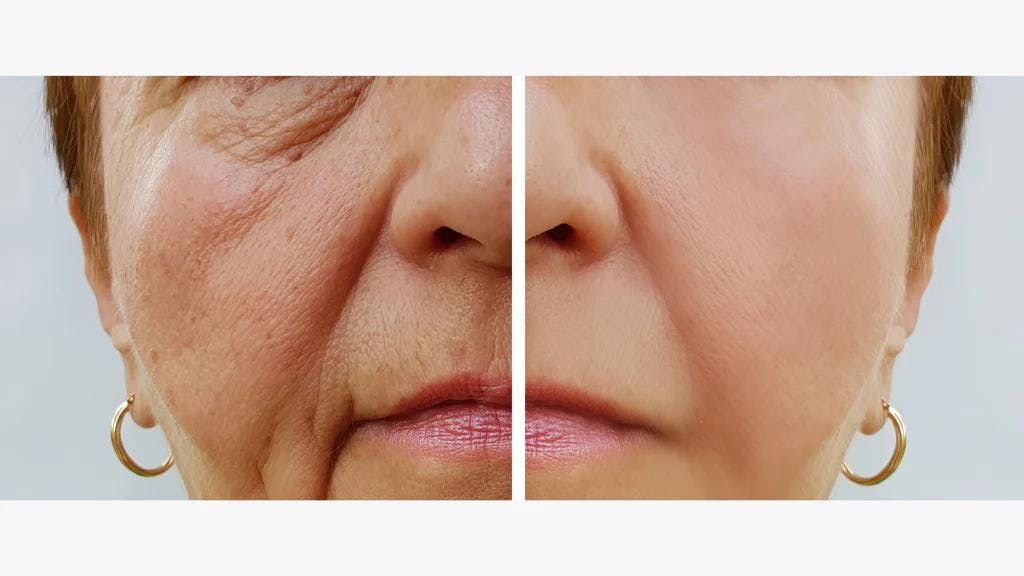Red light therapy (RLT) is becoming a cornerstone treatment in both wellness centers and clinical settings, recognized for its potential to heal, rejuvenate, and restore bodily functions. This therapy uses low wavelength red light to penetrate deep into the body’s tissues, where it offers benefits ranging from enhanced muscle recovery to improved skin health.
Scientific Foundations of Red Light Therapy

At the heart of RLT's effectiveness is its ability to stimulate the mitochondria, the powerhouse of the cell, thereby enhancing cellular energy production. This process, primarily involving the absorption of red and near-infrared light by photoreceptors in cells, leads to various physiological responses that promote tissue repair and regeneration.
Physical Health Benefits


Clinically, RLT has been shown to significantly reduce muscle fatigue and soreness while enhancing recovery speed after physical activities. This makes it highly beneficial for athletes and those involved in physical fitness. Furthermore, its ability to improve blood circulation has implications for treating conditions characterized by poor circulation.
Mental and Cognitive Enhancements
Emerging research suggests that RLT could have benefits beyond physical health, including enhancing cognitive functions and improving psychological well-being. Some studies indicate potential improvements in conditions like Alzheimer’s disease, although more research is needed to solidify these findings.
Aesthetic and Skin Health Improvements



In the realm of dermatology, RLT is celebrated for its ability to rejuvenate the skin by stimulating collagen production, reducing wrinkles, and speeding up the healing process of blemishes. Many users report noticeable improvements in the overall texture and tone of their skin after regular sessions.
Practical Application and User Guidance
For those interested in trying RLT, it's important to understand how to use the therapy effectively. Key considerations include the duration of exposure, the frequency of sessions, and the type of device used. Safety guidelines are crucial to prevent potential side effects such as overexposure.
Challenges and Considerations
While RLT is generally safe, users must be aware of potential risks such as inappropriate use leading to skin damage. It’s important for potential users to consult healthcare providers, especially when dealing with serious health conditions.
Conclusion
Red light therapy offers a promising avenue for enhancing overall health and well-being across various dimensions. As research evolves, so too will the understanding and application of this versatile treatment, making it an integral part of future therapeutic practices.
This extensive exploration of red light therapy provides a thorough understanding of its benefits, backed by scientific research and real-life applications. For those considering this treatment, it offers a well-rounded view of what to expect and how to approach using RLT to enhance their health and well-being.
About Emily Thompson
wellness blogger based in San Diego, passionate about promoting a healthy lifestyle. Through her blog, "Living Well with Emily," she shares personal insights, tips, and strategies on how to live a balanced and fulfilling life. Emily focuses on mindfulness, nutritious eating, and regular physical activity as keys to maintaining mental and physical health. With a degree in nutrition and holistic health, Emily aims to inspire her readers to make positive changes that enhance their overall well-being.
